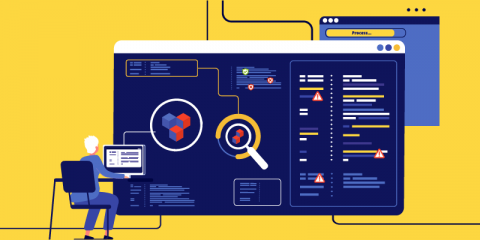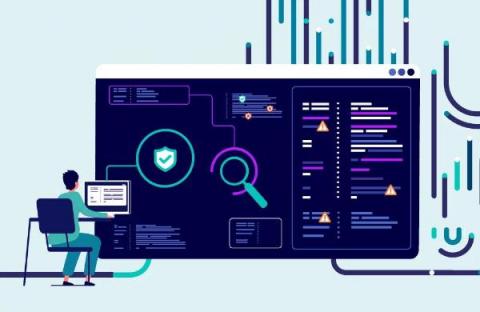Mock Testing Embedded Systems With Fuzz Data
Mock testing, also called mocking, is an integral part of the embedded software development process as it allows you to test your code without relying on actual hardware. This can be extremely helpful when trying to debug your code or test new features. During fuzzing testing, applications are tested using unexpected or invalid inputs. Modern fuzzers generate these inputs based on feedback about the SUT’s interaction with previous test inputs.











